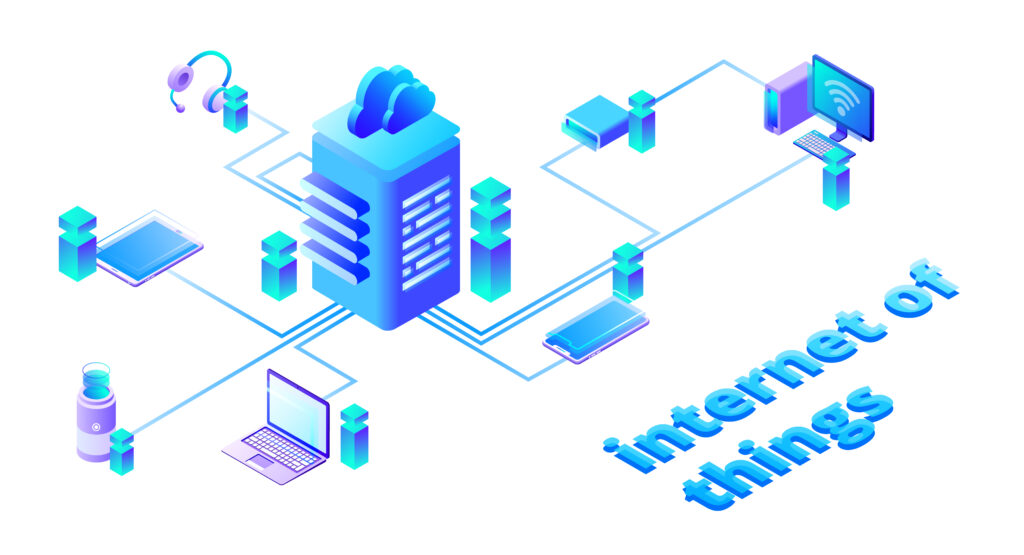Ever wondered how Facebook gets to know all your interests and keeps you amused accordingly? Well, if you haven’t, you can certainly do so now. The answer lies in a single word – ‘matrix’. Whether you enjoyed your mathematics classes on matrix or cried throughout, trust me when I say, you don’t want to be missing out on this exciting tech topic.
In case you have forgotten what a matrix is, let me help you (chill, I am not going to test your quantitative skills!).
A matrix is a useful way of arranging numbers in rows and columns. A matrix is, therefore, a rectangular array of elements (i.e. numbers) which makes it extremely convenient to carry out multiple functions from multiplications to calculus. As a result, matrices (plural of matrix) have several applications in many fields including Engineering, Economics, Biology, and of course, Information Technology (IT). Matrices are, therefore, built into algorithms, or sets of instructions, enabling complex operations to take place in each field of application.
Talking of applications, let’s get back to Facebook. Facebook and similar networking media use algorithms that enable advertisements and ‘similar posts’ to reach a target audience. Have you ever been in a situation where you have just chatted with a friend about burgers and the next scroll has the advertisement for Burger King? This is surely relatable, right? Now, these algorithms are gigantic matrices of millions of rows and columns which have been designed, but not controlled, by humans. This sounds scary and probably even spookier than how it felt seeing the advertisement!
These algorithms fuel operations (the “tactics”) to keep the user engaged in the platform for long periods of time. Be that as it may, have you heard of the Internet of Things (IoT)? In case you haven’t, the IoT consists of mechanical and electronic devices connected to each other via the internet, forming a system. Multiple such systems are in turn connected to a bigger system. This allows data to be transferred and processed within and across all the smaller systems. The operations of the IoT are carried out via algorithms built primarily with matrices. As the system grows, these algorithms amalgamate further, thus, becoming much more complex and indecipherable.

Not just IoT, the primary algorithms of Artificial Intelligence (AI) – the simulation of human intelligence – are also based on matrices. AI is a system that works by logical reasoning. Now, logic can be said to be like a set of statements sequenced to validate each other. For example, if I say fruits are sweet and that mango is a fruit, you can infer that mango is sweet. Similarly, AI does logical reasoning through a set of instructions that have been fed to the system. Matrices have their superpower in sequentially carrying out operations that allow the AI to logically reason.
IoT is significant in driving the Fourth Industrial Revolution – the age of cyber-physical systems. A cyber-physical system is a unit of multiple digital and biological systems that are networked and controlled by computer programmes alike. In simple terms, this means that there are going to be more and more interactions between humans (or more likely human biological systems) with technology and machines. Think about bionic arms and 3D printed bone transplants, surgeries being done by robots programmed with machine learning, and post-surgery health monitored by microscopic bots implanted in the body. Relevant data from the robots and implanted machines can be relayed to pharmacies to deliver the right drugs at the right times. In turn, the concerned data from the pharmacies (for example, what to produce and how often) can be transmitted to a pharmaceutical manufacturer to optimize production and resource allocation. Whoo! Was it too much to absorb from matrices?
As the wise have said, ‘The sky’s the limit’, well, things don’t end here. While it is hard to distinguish the fourth industrial revolution from the third, it gets even harder to distinguish the fifth one from the fourth. Recognised mainly as the era of AI, the Fifth Industrial Revolution is presumed to have the Artificial Intelligence of Things (AIoT) at its heart. This is basically a technological revolution where AI is the brain and IoT is the neural pathways of the digital nervous system. And guess what? These primarily depend on matrices!
Without any doubt, like all the inventions of Mathematics, matrices are so amazing and utterly unbelievable when it comes to imagining how they can connect and allow the world to subtly leap from the third to the fourth to even the fifth industrial revolution. And while you stare at the screen finishing this article, millions of matrix operations have already been carried out through the scrolls!


















